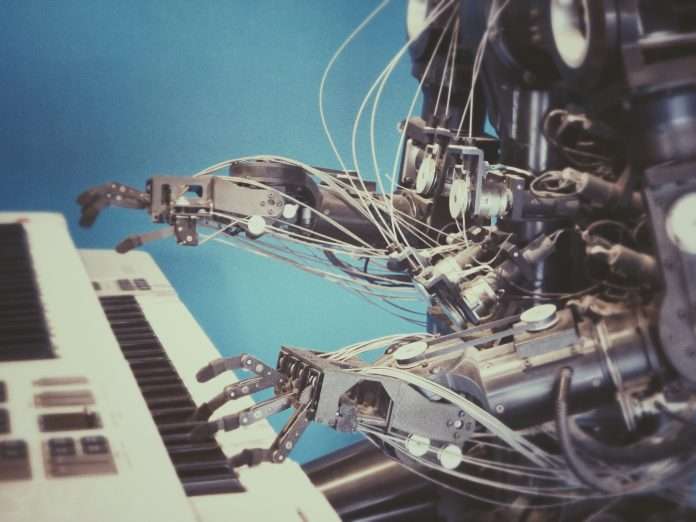AI has developed considerably over recent years. In a recent post by RegTech firm Saifr, the company detailed its fast rise and some of the technologies involved in it.
The post, written by Arindam Paul, touched a few key points in the evolution of AI and how it is has changed the industry.
For example, in the earlier days of AI, researchers and engineers relied on handcrafted features and predictions. Many of them would manually design algorithms to extract relevant information from input data, tailoring these algorithms to specific tasks such as image recognition or natural language processing.
However, handcrafted algorithms faced limitations, including the “curse of dimensionality” and challenges in scaling up to handle more complex tasks. Paul noted that they were often brittle, difficult to generalize to new tasks, and required significant human effort to design and maintain.
As the limitations of handcrafted features became apparent, deep learning models emerged. These models, based on artificial neural networks, can automatically learn features and predictions from raw data, stated Paul.
Comprising layers of interconnected neurons that process data using activation functions, deep learning models learn through a process called backpropagation. They have been successful in various applications, including computer vision, speech recognition, natural language processing, and game playing.
Pre-training and fine-tuning techniques were developed to address the challenge of requiring large amounts of labeled data for high-performance deep learning models. According to Saifr, pre-training involves training a neural network on a large dataset, often unsupervised or with minimal supervision, to learn general features and representations.
The pre-trained model can then be fine-tuned on a smaller, task-specific dataset to achieve better performance on the target task. This approach reduces the need for large amounts of labeled data and enables knowledge transfer from one domain to another.
Generative models, such as state-of-the-art large language models (LLMs) like GPT-3 and its successors, and image synthesis models like DALL-E and StableDiffusion, represent a major breakthrough in AI research.
These models have shown remarkable capabilities in generating human-like text, images, and other creative works. GPT-4, developed by OpenAI, can perform a wide variety of tasks, from generating text to answering questions and programming. DALL-E, another OpenAI creation, is a diffusion-based model that can create realistic or artistic images from textual descriptions, demonstrating AI’s potential in creative fields.
AI research and applications are moving towards autonomous AI, which aims to create systems capable of learning and adapting without much need for human intervention. Autonomous AI systems will likely feature continuous learning, self-improvement, and decision-making in complex and dynamic environments.
As Paul states, key components of autonomous AI include reinforcement learning, reinforced learning from human feedback (RLHF), self-supervised learning, generative AI, and active learning. These components allow AI systems to learn from trial and error, discover patterns in data without explicit labels, and intelligently select the most informative samples for learning.
As AI continues to advance, potential challenges and ethical concerns may arise, including issues related to privacy, fairness, accountability, and the potential loss of human jobs. Addressing these challenges will be crucial in ensuring the responsible development and deployment of autonomous AI systems.
Paul concluded, “The field of AI has progressed significantly over the decades, transitioning from handcrafting features and predictions to leveraging deep learning models that learn from data. As AI research continues to advance, we are moving towards a new era of pre-training, fine-tuning, in-context learning, and eventually autonomous and generative AI systems that can learn, adapt, and make decisions on their own when they are given a goal to accomplish.”
Read the full post here.
Keep up with all the latest FinTech news here.
Copyright © 2023 FinTech Global











